LEGO® Group Program
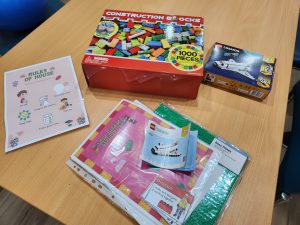
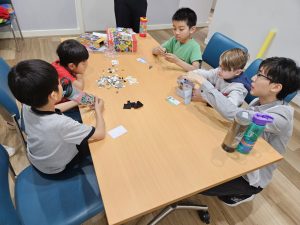
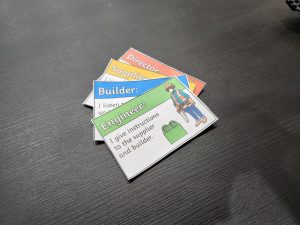
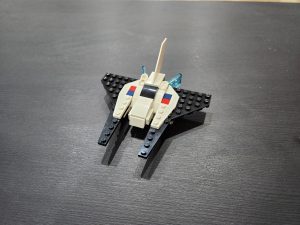
The power of play has always been recognised as a vital component in fostering learning, growth, and development. Our unique LEGO® Group Program, underpinned by this very philosophy, is designed to tap into the multifaceted benefits of using LEGO® as a therapeutic tool.
At Louden Group, we’ve curated a structured environment where participants can engage with the timeless joy of LEGO® while also working towards specific therapeutic goals. Guided by our dedicated therapists, participants aren’t just building structures; they’re constructing bridges to enhanced communication, collaboration, and cognitive skills.
Unlike traditional therapy methods, the tactile and visual nature of LEGO® provides an engaging medium for individuals to express themselves, communicate their thoughts, and work collaboratively with others. Our program is especially curated to encourage these interactions, making it not just beneficial, but also a fun and memorable experience for all involved.
Our therapists, with their extensive experience and passion for innovative therapeutic methods, ensure that each session is tailored to the individual needs and goals of the participants. By harnessing the innate creativity and problem-solving abilities that LEGO® play offers, we aim to provide an avenue where participants can grow, learn, and thrive.
Whether it’s about enhancing teamwork, improving communication skills, or simply providing a safe space for self-expression, our LEGO® Group Program promises a holistic approach that goes beyond mere play. Join us in building a brighter, more connected future, one brick at a time.
Our group program is much more than just a play session. It’s an innovative way to engage participants in therapeutic activities that carry meaningful outcomes. Here are some of the distinct benefits our LEGO® Group Program offers:
Cognitive Development: Building with LEGO® bricks can improve problem-solving skills, planning, and spatial awareness. Each creation demands a degree of foresight and creativity, nurturing cognitive skills in the process.
Enhanced Communication: As participants discuss their designs, choose pieces, and share their visions, they naturally practise and enhance their verbal and non-verbal communication skills.
Teamwork and Collaboration: LEGO® building in a group setting requires collaboration. Participants learn to share, negotiate, and work as a cohesive unit, mirroring essential life skills in a structured environment.
Fine Motor Skills: Picking up, connecting, and positioning the small LEGO® pieces can significantly enhance the development of fine motor skills, coordination, and dexterity.
Emotional Regulation: Through guided LEGO® play, participants learn patience, handle disappointment when a design doesn’t go to plan, and experience the joy of accomplishment, which all contribute to emotional regulation.
Safe Environment for Social Interaction: The group program provides a safe space where participants can interact socially, practise peer-to-peer interactions, and build friendships based on mutual interests.
Enhanced Self-Esteem: Completing a LEGO® build or contributing to a team project instils a sense of achievement and pride, fostering a positive self-image and improving self-esteem.
Flexibility and Adaptability: As designs change or new ideas emerge, participants learn the art of flexibility and adaptability, vital skills in the ever-changing landscape of life.
Welcome to our LEGO® Group Program. Here’s a step-by-step breakdown of how we facilitate this unique therapeutic approach:
1. Initial Assessment: Before a participant starts in the LEGO® Group Program, our therapists conduct a comprehensive assessment to determine their unique needs and interests. This session aims to gather insights that would guide the LEGO® sessions, ensuring they are tailored to individual requirements.
2. Goal Setting: Based on the initial assessment, our therapists will collaborate with the participant (and their guardians) to set specific, measurable, achievable, relevant, and time-bound (SMART) goals. These goals pave the way for targeted and purposeful LEGO® activities.
3. Group Formation and Role Allocation: Participants are grouped together based on compatibility, goals, and needs. Within each group, participants are assigned specific roles, such as builder, supplier, or engineer. These roles are rotated in each session to ensure every participant experiences and learns from each position.
4. Engaging LEGO® Sessions: Once roles are designated, the fun begins! The therapist facilitates the LEGO® building sessions, guiding participants through different tasks and challenges that align with the set goals.
5. Collaboration & Communication: The LEGO® Group Program emphasises teamwork. With every participant playing a unique role in the building process, effective communication becomes crucial. Participants learn to articulate their needs, understand instructions, and provide feedback, fostering better interpersonal skills.
6. Review & Reflection: At the conclusion of each session, our therapists facilitate a reflection period. This time allows participants to discuss their experiences, what they learned, and how they felt about the session.
7. Ongoing Monitoring: Our therapists continuously monitor the progress of each participant. Adjustments are made as required to ensure the sessions remain effective and engaging.
8. Feedback & Recommendations: Periodic feedback is provided to participants and their guardians. This feedback covers progress towards the set goals, observations made during the sessions, and any recommendations for additional support or practices at home.
Our LEGO® Group Program is a perfect blend of structured therapeutic intervention and the timeless joy of LEGO® building. At every step, our therapists ensure that each participant derives maximum benefit, both therapeutically and recreationally.
1. What is the LEGO® Group Program?
The LEGO® Group Program is an innovative approach that utilises LEGO® building activities, facilitated by our trained therapists, to support and develop a range of skills including communication, teamwork, and problem-solving.
2. Who can benefit from the LEGO® Group Program?
Individuals of various ages and needs can benefit, especially those looking to improve their social skills, communication, collaboration, and fine motor skills.
3. How long does each session last?
Typically, sessions last for about 1.5 hours, but this can vary based on the goals and needs of the group.
4. How are participants grouped together?
Participants are grouped based on their individual goals, needs, and compatibility to ensure a positive and productive group dynamic.
5. What roles will participants take on during the sessions?
Participants are assigned roles such as director, builder, supplier, or engineer. These roles are rotated in each session to provide diverse learning experiences.
6. How frequently are the LEGO® Group Program sessions held?
Sessions are typically held once a week, but this can vary based on the program’s structure and participant needs.
7. Will I receive updates on my child’s progress?
Yes, our therapists provide periodic feedback on each participant’s progress, highlighting achievements, areas of improvement, and recommendations.
8. Is the LEGO® Group Program covered by NDIS funding?
The LEGO® Group Program can be covered under NDIS funding, particularly under capacity-building supports. However, it’s always best to check with your plan manager or NDIS representative.
9. Are the groups only for children?
While the LEGO® Group Program is popular among children, it’s also beneficial for teenagers and adults. We tailor the sessions based on the group’s age and requirements.
10. How do I enrol in the LEGO® Group Program?
You can reach out to us through our contact page or call our office directly. Our team will guide you through the enrolment process.
11. What’s the typical group size for the LEGO® Group Program?
We aim to keep our groups relatively small to ensure personalised attention. Typically, a group comprises 4-6 participants.
12. Are parents or caregivers allowed to observe sessions?
Parents and caregivers can observe initial sessions to help participants settle. However, as sessions progress, we encourage independence to foster genuine interactions among participants.
13. How are the LEGO® sets chosen for each session?
The choice of LEGO® sets depends on the goals of the session. Our therapists pick sets that challenge and engage participants, aligning with the session’s objectives.
14. What safety measures are in place during sessions?
All our sessions are supervised by trained therapists. If necessary, additional therapy assistants will be on hand to ensure safety and help facilitate the group. We ensure that the environment is safe and conducive for building and interaction.
15. Do participants need to bring their own LEGO® sets?
No, we provide all the necessary LEGO® sets for each session. Participants just need to come ready to build and interact!
16. What if my child has never played with LEGO® before?
No worries! The program is designed for both beginners and experienced LEGO® enthusiasts. Our therapists guide every participant through the process.
17. How soon can we expect to see improvements in skills?
Every individual is unique. Some might show immediate progress after a few sessions, while others may take longer. Consistent participation and practice are key.
The LEGO® group program, its principles, and its theories are supported by substantial research. The structure, predictability, and tangible nature of LEGO® play have been recognised in the scientific community as valuable tools in therapeutic settings. This foundation in evidence-based practice ensures our program participants receive the best support possible, with our methods consistently reflecting the latest findings and insights in the field.
Below are some of the foundational research studies supporting our approach:
Barr, A., Coates, E., Kingsley, E., Gomez de la Cuesta, G., Biggs, K., Le Couteur, A., & Wright, B. (2022). A mixed methods evaluation of the acceptability of therapy using LEGO® bricks (LEGO® based therapy) in mainstream primary and secondary education. Autism Research, 15(7), 1237–1248. https://doi.org/10.1002/aur.2725
Narzisi, A., Sesso, G., Berloffa, S., Fantozzi, P., Muccio, R., Valente, E., Viglione, V., Villafranca, A., Milone, A., & Masi, G. (2021). Could You Give Me the Blue Brick? LEGO®-Based Therapy as a Social Development Program for Children with Autism Spectrum Disorder: A Systematic Review. Brain Sciences, 11(6), 702. https://doi.org/10.3390/brainsci11060702
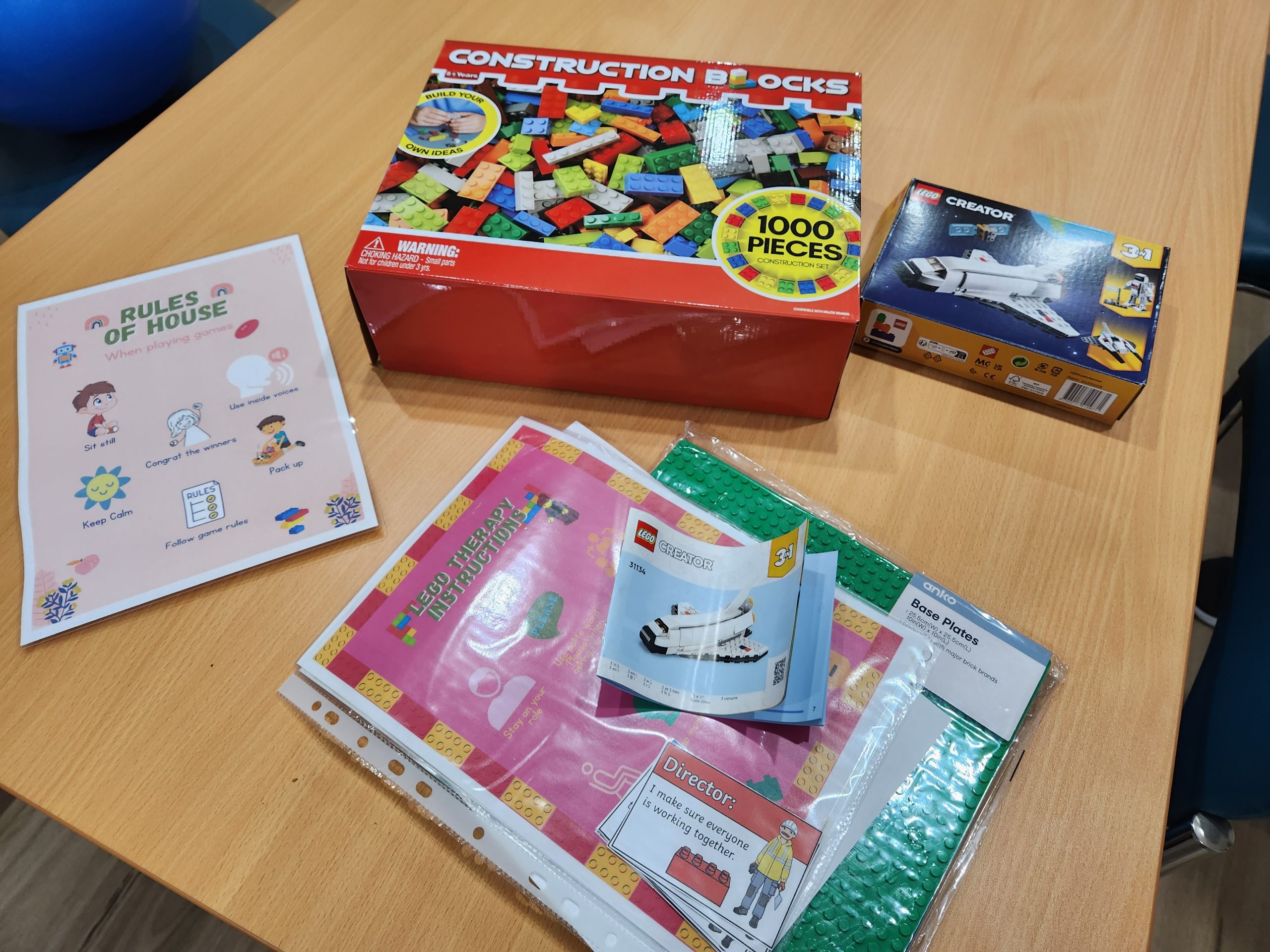
Dive into a hands-on experience, facilitated by trained therapists, that transforms ordinary LEGO bricks into extraordinary tools for learning, communication, and social development. Within our nurturing and supportive environment, each colorful brick becomes a building block for enhancing motor skills, fostering teamwork, and stimulating imaginative exploration. Our thoughtful LEGO-based activities are specifically curated to promote personal growth, encourage collaborative problem-solving, and unlock the therapeutic potential of play. Join us, and build a foundation for well-being and self-discovery, one LEGO brick at a time.
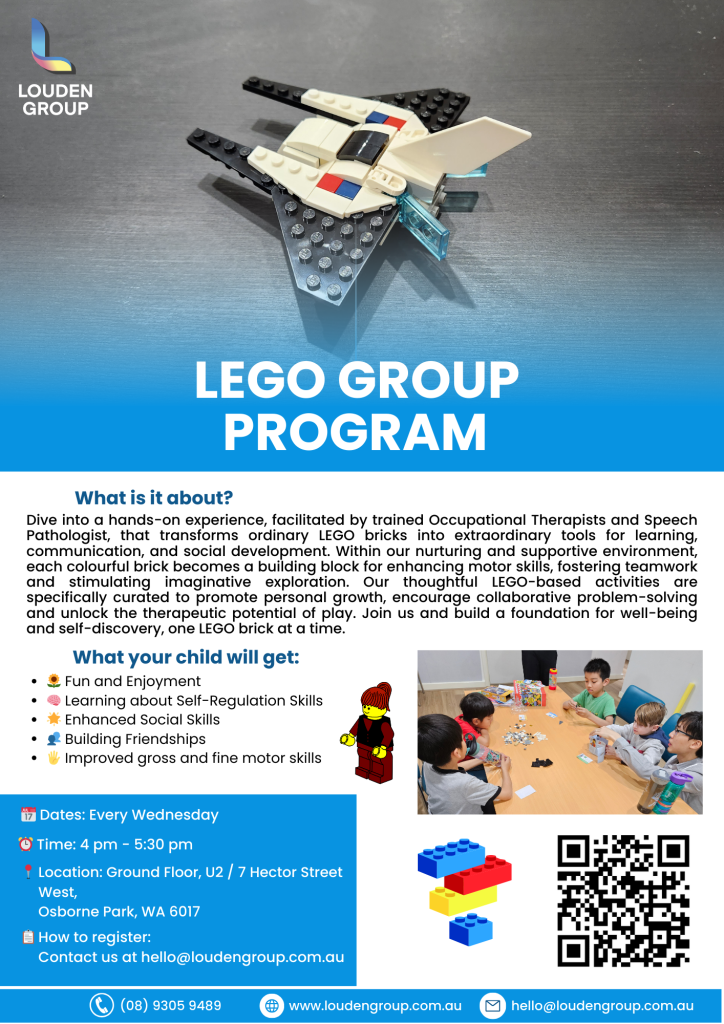
LEGO® Group Program
Building Skills, Bonds, and Bright Futures, One Brick at a Time.
At Louden Group, we bring skills, communication, and teamwork to life with our LEGO® group program. Let your child explore the magic of connection, building friendships and futures one brick at a time
